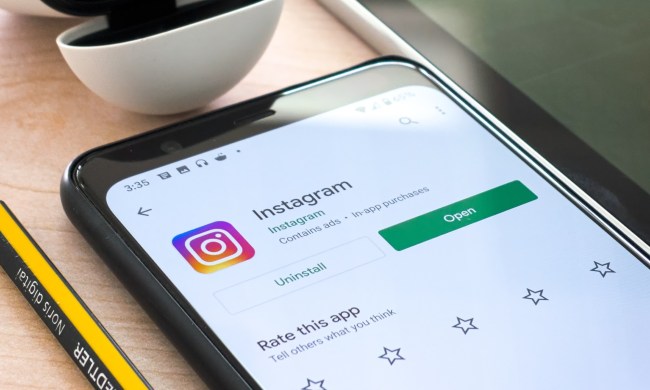 Following the unification of all its digital content stores under the name Google Play, Google has taken the next step in its quest to become one of the primary purveyors of downloadable media online, by integrating Play with its homepage.
Following the unification of all its digital content stores under the name Google Play, Google has taken the next step in its quest to become one of the primary purveyors of downloadable media online, by integrating Play with its homepage.
Visitors to Google.com, or one of its localized variants, will already be familiar with the black navigation bar running along the top of the screen, which contains links to other Google features such as Gmail, Images and Documents.
Now, accompanied by a bright red “New” label, is a link to Play. Unsurprisingly, clicking it takes you to the Google Play store, where all the different forms of content Google sells can be bought. The link started to appear yesterday, but has yet to reach all regions, so don’t worry if it hasn’t shown up just yet.
Eagle-eyed Google users may also have noticed other subtle changes made to the bar recently, such as the Videos link being altered to the more brand-friendly YouTube. Some changes depend on your Google settings though, as the location of Documents and Calendar sometimes shifts around depending on your own personal use, especially if you use iGoogle.
But why is this addition significant? Besides attracting new customers to its digital content store, adding Play to the black bar could also point to another reason for Google’s re-branding of the Android Market, Google Music, Google Books and so on.
Before now, Google had to list all those services separately, and was forced to choose which ones to feature along the top and which to relegate to the drop down “More” menu. Now, Play is front-and-center for all to see.
While the name raised an eyebrow or two when it was revealed, it now makes more sense, as Play works well in that environment, alongside the equally descriptive but more serious applications such as Maps and Documents.



